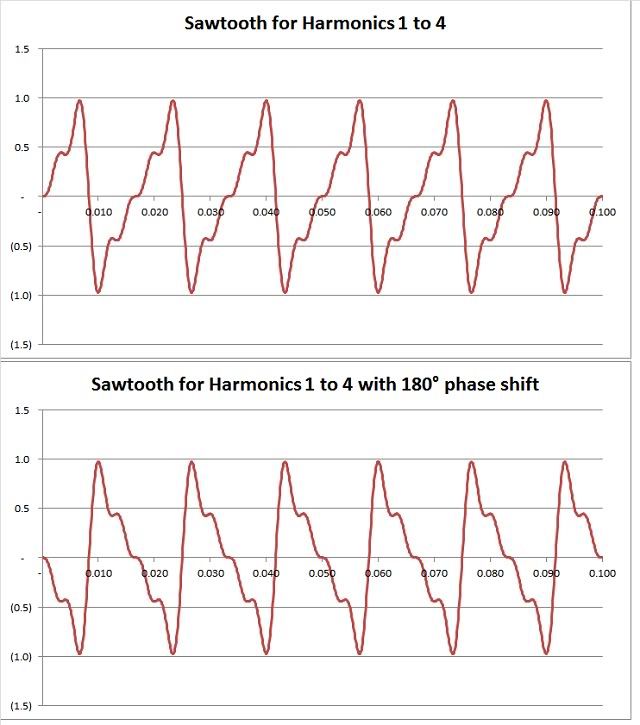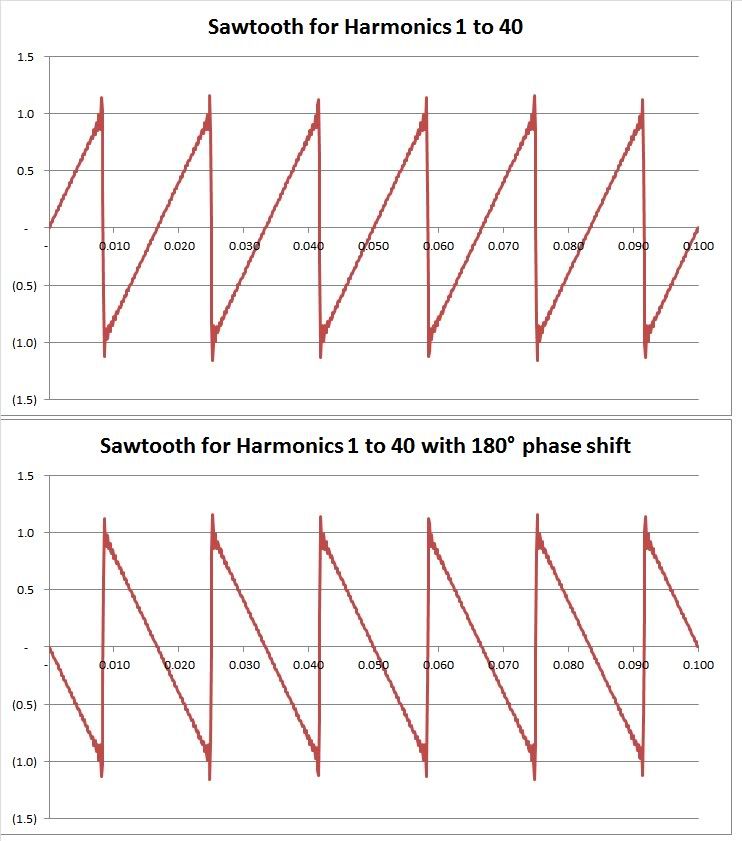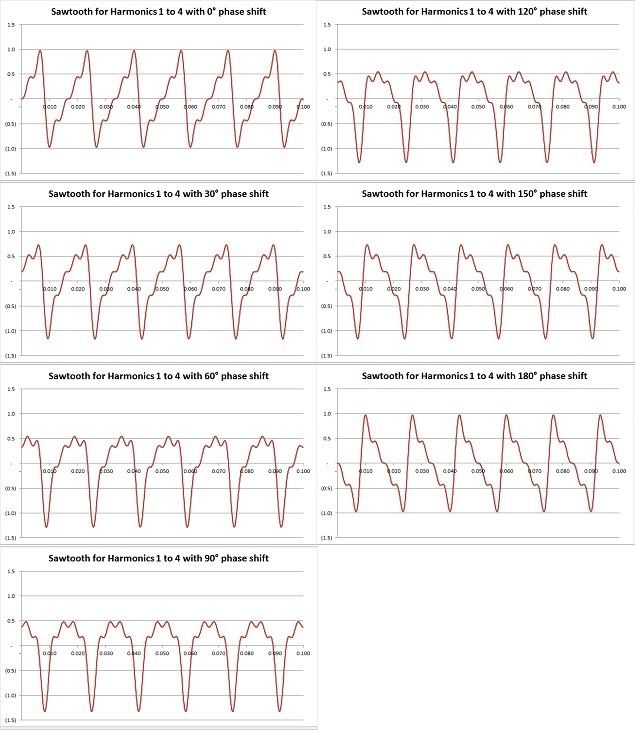- Location
- Wisconsin
- Occupation
- PE (Retired) - Power Systems
Please quote a source of this absurde claim.No, a reference is a node
As my reference for a current and thus a voltage direction, I choose the H1 and X1 relationship established by the manufacturer of the transformer following IEEE/ANSI standards.
I am beginning to wonder if you have ever solved a network that did not have neutral point?
Yes it is a common practice, in fact if you bothered to actually read my postings, you would have seen where I said that on occasion I follow this practice. Just like calling a conductor a phase is also a common practice, which I am sure you follow. Saying we have a negative potential difference (i.e. voltage) between two terminals is also a common practice.Let me say this, the practice of using the neutral as a reference and saying that the voltages seen on L1 and L2 are out of phase by PI is well established.
A practice is not a requirement it is simply an arbitrary choice. Not acknowledging the underlying facts of the common practice is a poor practice.
When you say you have identical windings (i.e. a center-tapped winding), you are establishing a physical fact. You are free to use the individual voltages any way you want, but as soon as you combine them, you need to remember they started out and therefore must eventually finish as being identical.




